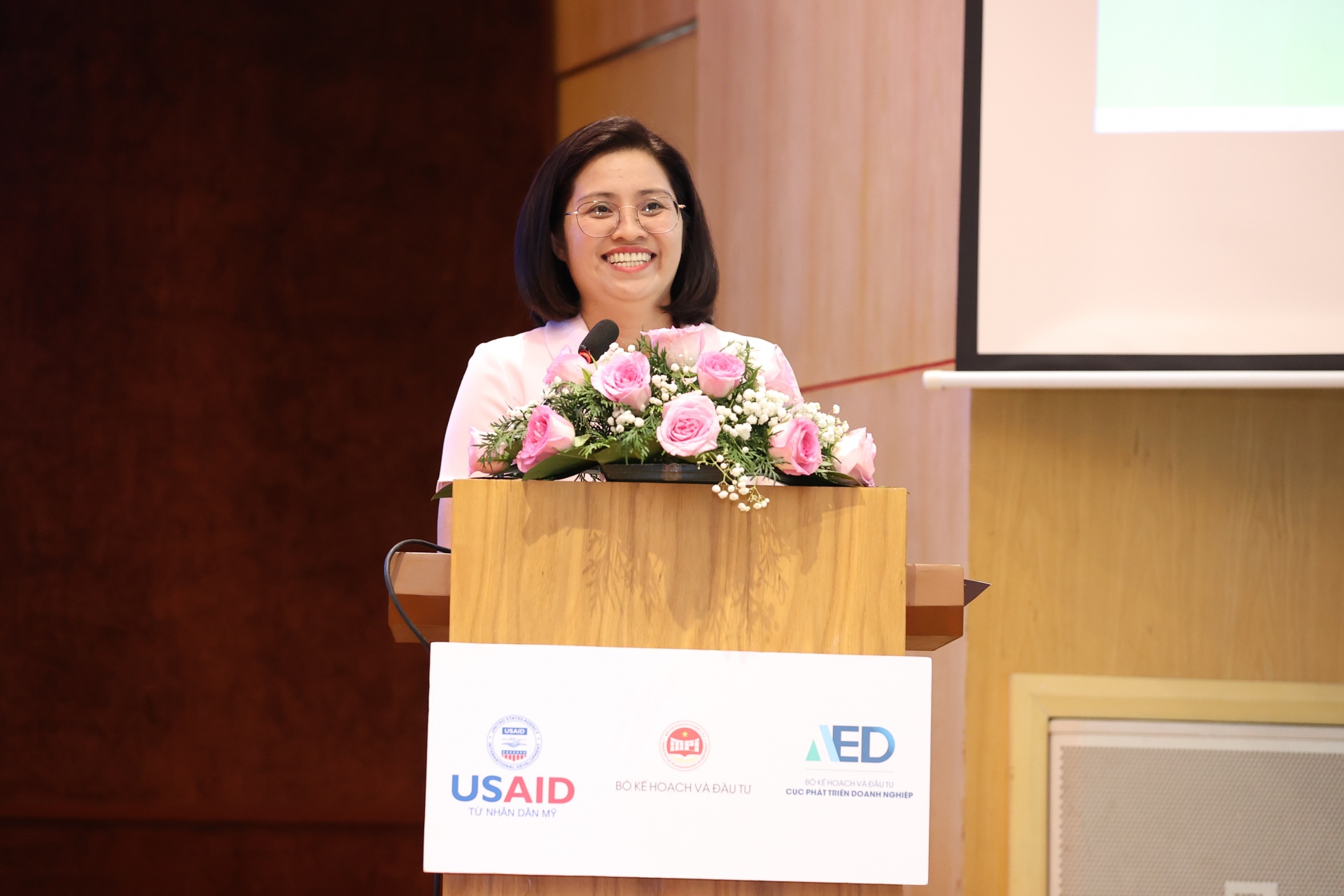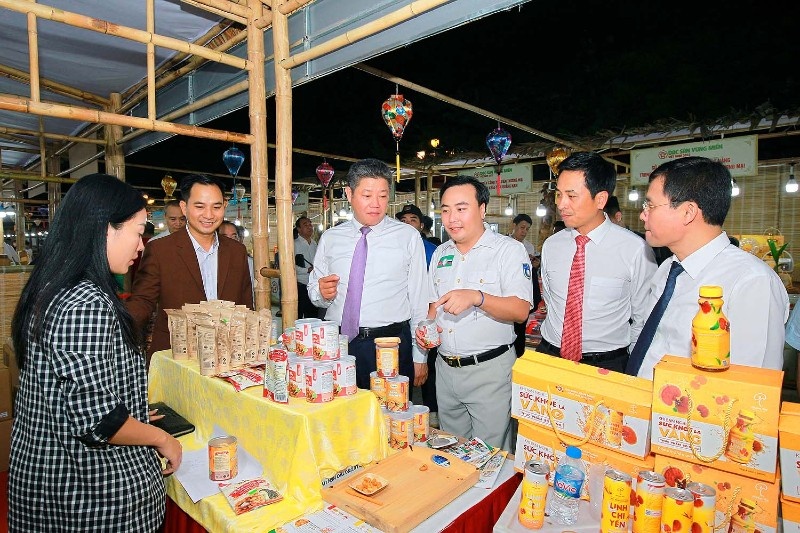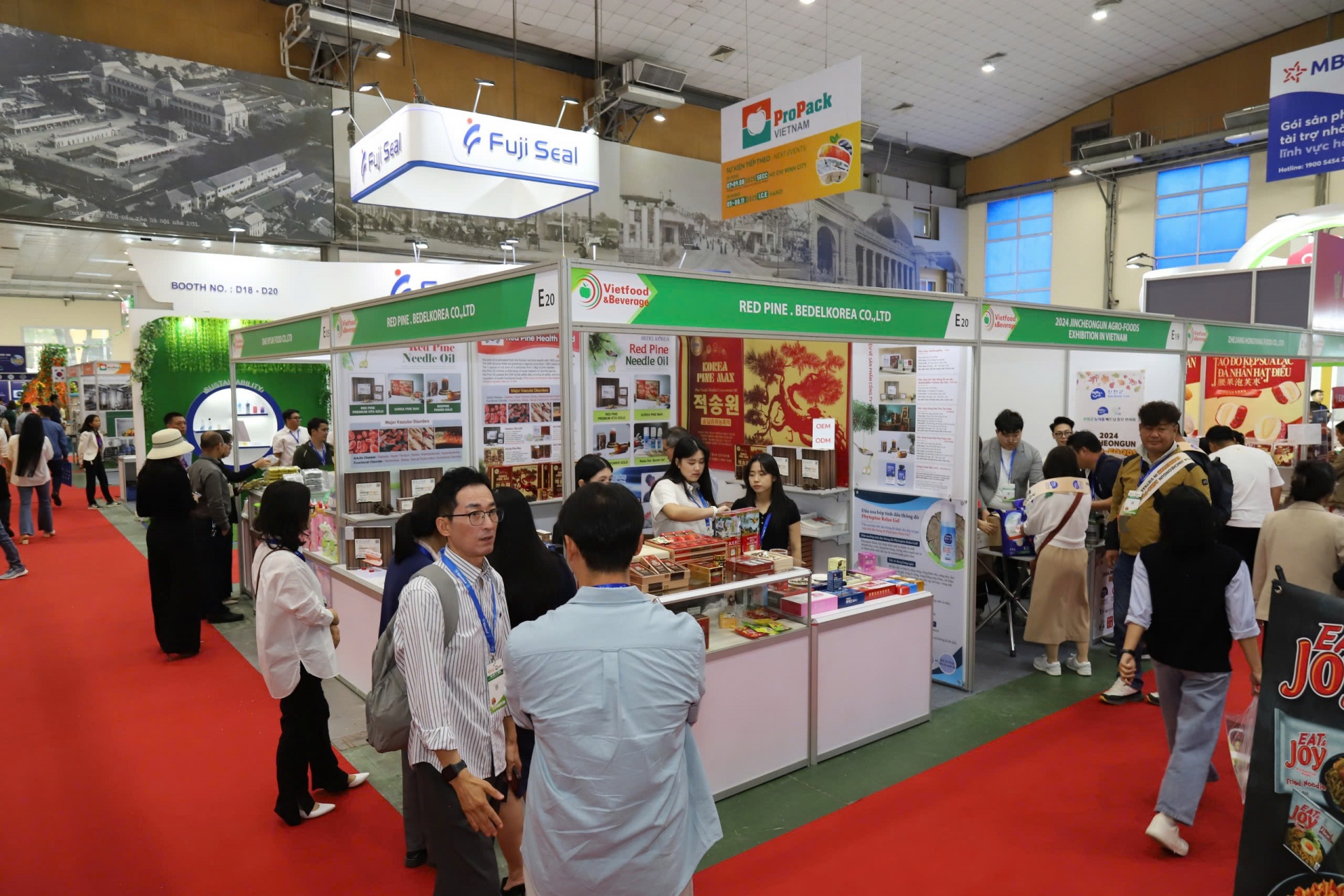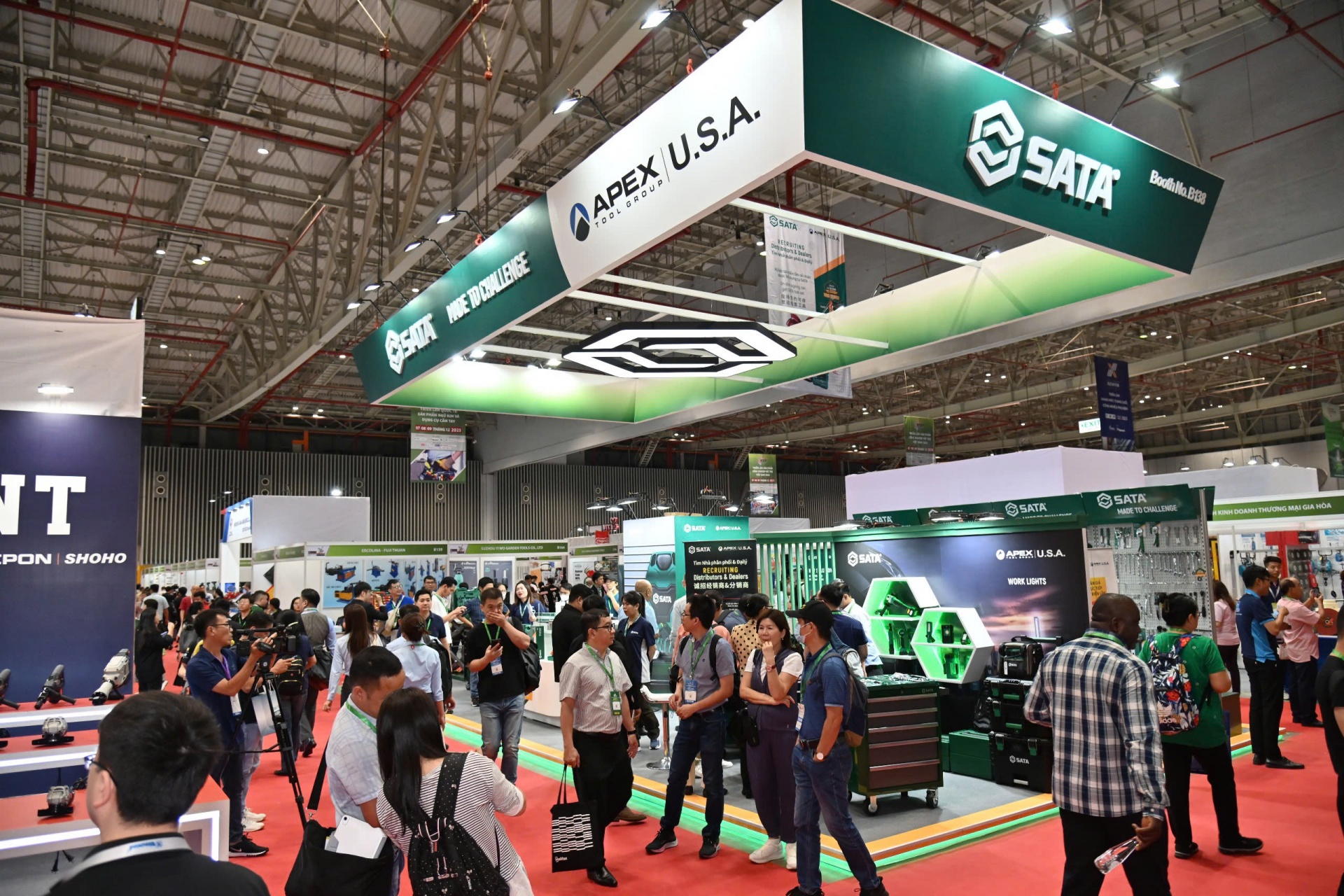Firms in line for some tax relief
 Apart from reducing value added tax (VAT) payments from 12 times to four times per year, the Ministry of Finance (MoF) is contemplating allowing small- and medium-sized enterprises (SMEs) to apply a direct VAT payment method instead of the deduction method, striving for procedure simplification.
Apart from reducing value added tax (VAT) payments from 12 times to four times per year, the Ministry of Finance (MoF) is contemplating allowing small- and medium-sized enterprises (SMEs) to apply a direct VAT payment method instead of the deduction method, striving for procedure simplification.
Under existing regulations, household units, co-operatives and income-raising administrative units are deduction method VAT payers which amount to around 550,000 units. One-third of them are small and micro small units with annual revenue below VND1 billion ($47,600) whose VAT payment just account for 0.3 per cent of the country’s total paid VAT amount each year.
“Most small and micro small businesses have yet to properly adhere to the Accounting Law and many did not seriously follow regulations on VAT declaration and payments. Besides, this provides a loophole for not a few businesses making faulty tax declarations causing losses to state budget and hurting the business environment,” said deputy minister of Finance Vu Thi Mai.
Mai said that that was one among reasons why the MoF proposed the SMEs apply direct method instead of the deduction method in VAT calculation.
Other important reasons behind the proposal were to simplify procedures, reduce the need for invoices and associated documents, improve tax management, slash costs associated with tax bodies’ management and firms’ obedience, thus accelerating the tax administrative procedure reform pace.
According to a MoF survey, many countries currently apply the VAT, have set a threshold to annual business revenue to determine which firms will be eligible to direct method VAT payment with low rate rates from 1 to 4 per cent on revenue figures. This aims to reduce procedures, save costs for taxpayers and avert trade fraud.
The MoF is considering two revenue thresholds for direct method VAT payment. First, household businesses, cooperatives and administrative units having incomes of VND1 billion ($47,600) and second the revenue figure is raised to VND2 billion ($96,000).
Under the first scenario, around 30 per cent of businesses and 80 per cent out of 1.7 million household businesses, currently VAT payers, will be subject to direct method VAT payment. Meanwhile, in the second scenario around 35 per cent of businesses and 85 per cent of household businesses would incur VAT payments using direct method, according to Mai.
The MoF proposal was generally appreciated by lawmakers. Head of National Assembly’s Economic Committee Nguyen Van Giau, however, assumed since tax was a sensitive issue to society and the corporate community, so a explicit revenue threshold for VAT calculation should be included in the amended VAT Law for consideration by the National Assembly in May.
What the stars mean:
★ Poor ★ ★ Promising ★★★ Good ★★★★ Very good ★★★★★ Exceptional
Related Contents
Latest News
More News
- M&As working in tandem with health development (November 21, 2024 | 11:29)
- Slow disbursement hinders ambitions (November 21, 2024 | 09:00)
- Mitsubishi Estate launches Logicross Hai Phong - a milestone in logistics evolution (November 20, 2024 | 14:32)
- Semiconductor workforce partnerships deliver industry-relevant training (November 20, 2024 | 10:58)
- German Quickpack to invest $31.7 million in Long An province (November 20, 2024 | 09:31)
- Foreign-invested enterprises drive logistics investment in the southeast region (November 20, 2024 | 09:27)
- Chile visit underscores trade benefits (November 19, 2024 | 10:00)
- Trump’s second term impacts sci-tech activities and industry 4.0 technologies (November 18, 2024 | 10:00)
- Vietnam eyes nuclear revival to bolster energy security (November 14, 2024 | 16:46)
- Kyokuyo completes $13.5 million seafood factory in Vietnam (November 14, 2024 | 12:19)


 Tag:
Tag:





















 Mobile Version
Mobile Version